Drawn Out Office Recovery Expected to Last Another Two Years Driven by Steady Job Growth in Former Housing Bust, High Population U.S. Metros
Driven this year by solid office demand growth in Sunbelt markets across the country, the national office occupancy rate is expected to increase into 2018 as such metros as Phoenix, Los Angeles, Atlanta and Miami enjoy net job growth in what’s already been one of the most drawn-out U.S. economic recoveries on record.
With slower than expected but steady job growth and muted levels of new construction, the U.S. vacancy rate fell to 10.5% in the third quarter from 10.9% a year ago. Net absorption of office space posted a robust 63 million square feet in the first three quarters of 2016, although down from 69 million square feet of absorption during the same period this year.
“The office market continues to do very well and fundamentals are fairly strong,” noted CoStar Portfolio Strategy Director of Research/Office Walter Page, who co-presented the Q3 2016 State of the U.S. Office Market webinar with Managing Director Hans Nordby and Managing Consultant Paul Leonard.
“The vacancy rate hit a business cycle low again in the third quarter, and while absorption is down it’s still a very solid number,” Page said.
Office-using employment grew at a strong 2.4% over the past year, and continues to outpace the broader jobs market by 20-30%. The recovery, while slow and lackluster compared with previous cycles, has served to lengthen one of the longer-length recoveries at nearly seven years.
Three of the top six strongest U.S. metros based on annual job growth, Dallas/Fort Worth, Phoenix and Atlanta, are neither tech or energy based markets, but diverse Sunbelt economies with lower housing and business costs, strong in-migration and readily available labor, Nordby said.
Other factors should continue to drive office absorption and prolong the staying power of the recovery, Nordby and Page said. For example, office construction levels remained below historical averages for several years before ramping up slightly in 2015. Further, slow but steady rent growth over the last five years means that dramatic rent spikes experienced during peak cycles in 2006-07 and 1999-2000 won’t be as pronounced this time around, and could extend this recovery by several years.
Office construction levels remained below historical averages for several years before ramping up slightly in 2015, and slow but steady rent growth over the last five years peaked at 4.4% in 2015, roughly half the levels of the dramatic rent spikes of peak cycles in 2006-07 and 1999-2000.
CoStar expects office vacancy, which peaked at 13.1% in 2010 and now stands at 10.5%, to continue to drift downward through 2018. Vacancy rates in many markets are below the national average of 10.5%, including
Tampa, Phoenix, and Atlanta, metros where the crash in housing prices was especially severe and have seen little new construction since the Great Recession.
Last year’s 100 million square feet of net absorption is expected to decline to roughly 82 million square feet for 2016, in spite of robust third-quarter absorption of 25 million square feet. Energy based markets, notably Houston, have seen absorption declines in recent quarters, and even several long-booming tech based markets are beginning to see some deceleration in demand, Leonard said.
In the first three-quarters of 2016, net absorption as a percentage of inventories in five top tech markets, Seattle, San Francisco, Austin and Raleigh, fell to 1.3% from 2.4% for the same period a year ago, Leonard said.
While expectations of an increasing office demand in former housing bust markets such as Las Vegas have failed to materialize, “over the next few quarters, I think you’re going to really see those markets begin to pop on net absorption,” assisted by strong population and job growth, Leonard said.
Rent growth will decline from last year’s peak of 4.4% to 3.3% this year, largely due to declines in tech and energy markets, the CoStar economists said. While typically tenants balk and tend to hang onto their 3 Star spaces when rents start to rise, many tenants are trading up for newer 4 and 5 Star buildings, particularly in areas with abundant new supply such as Washington, D.C. and New York City, Leonard said.
